亚洲炼油厂在原油拉锯战中输了
Asian refiners lose in crude tug-of-war
亚洲炼油厂在原油拉锯战中输了
LAUNCESTON, Australia, (Reuters) - The emerging dynamic for crude oil markets this year is the struggle between OPEC and its allies for higher prices against the vocal push for low prices from U.S. President Donald Trump.
路透澳大利亚launceston 11月23日电---今年原油市场的新动向是,欧佩克与其盟国为提高油价而展开的斗争,与美国总统唐纳德•特朗普(Donald Trump)声势浩大地推动油价走低形成了鲜明对比。
Much has already been written on which side is likely to prevail, but in the meantime, the losers are refiners in Asia who face crude prices likely to be higher relative to those in Europe and the Americas.
关于哪一方可能占上风,已经写了很多文章,但与此同时,输家是亚洲的炼油厂,它们面临的原油价格可能比欧洲和美洲的更高。
This is likely because Asian refiners will bear the brunt of lower supplies from OPEC's Middle East producers, as well as Russia, while at the same time being unable to take full advantage of cheaper U.S. shale crude oil.
这很可能是因为亚洲炼油厂将首当其冲地受到欧佩克中东生产商以及俄罗斯供应量下降的影响,同时无法充分利用美国页岩原油价格更低的优势。
While more U.S. crude is expected to flow to Asia in coming months because of the discount of West Texas Intermediate to the global light crude benchmark Brent, it remains questionable as to whether this will offset lower supplies from the Middle East.
尽管预计未来几个月将有更多的美国原油流向亚洲,因为西德克萨斯中质原油价格低于全球轻质原油基准布伦特原油价格,但这是否会抵消来自中东的较低供应仍存在疑问。
Differences in crude quality also aren't working in favor of Asian refiners, given the preference of many for heavier, sour crudes such as those typically supplied by top Middle East exporters such as Saudi Arabia, Iraq and Iran.
原油质量的差异也不利于亚洲炼油厂,因为许多炼油厂更喜欢重质含硫原油,如通常由沙特阿拉伯、伊拉克和伊朗等中东主要出口国供应的原油。
While there may be more U.S. crude available at competitive prices in Asia, there may not be the appetite for it among many refiners given their plants are optimized to run on heavier grades.
虽然亚洲可能有更多的美国原油以具有竞争力的价格供应,但鉴于许多炼油厂的工厂都经过优化,能够以较重的等级运行,因此它们可能对美国原油没有兴趣。
And those heavier grades are looking more expensive as demand for them rises and OPEC and its allies cut output.
随着对石油产品需求的增加,石油输出国组织及其盟国削减产量,这些较重的等级看起来更昂贵。
OPEC oil production slumped by the most in almost two years in December, with the reduction coming ahead of a formal agreement between the 15-member producer organization and its allies, including Russia.
12月份,欧佩克的石油产量下降了近两年来的最大幅度,在这15个成员国生产组织与其盟国(包括俄罗斯)达成正式协议之前,石油产量有所下降。
OPEC pumped 32.68 million barrels per day (bpd) last month, according to a Reuters survey published on Jan. 3, down 460,000 bpd from November and the largest month-on-month drop since January 2017.
据路透社1月3日发布的一项调查显示,上个月石油输出国组织的日产量为3268万桶,比11月下降了46万桶,是2017年1月以来最大的月环比下降。
OPEC, Russia and other non-members, an alliance known as OPEC+, agreed in December to reduce supply by 1.2 million bpd in 2019 from November 2018 levels starting this month. OPEC's share of that cut is 800,000 bpd.
欧佩克、俄罗斯和其他非成员国,一个称为欧佩克+的联盟,在12月同意从本月开始的2018年11月水平到2019年减少120万桶/天的供应。欧佩克在这一削减中的份额是80万桶/天。
The OPEC+ cuts are making Middle East heavier crudes lose their price advantage to lighter grades.
欧佩克+的减产正在使中东较重的原油失去价格优势。
Dubai Mercantile Exchange (DME) futures for Oman crude for March settlement ended at $60.57 a barrel on Wednesday, while the similar Brent contract was at $61.83, a discount of just $1.26.
迪拜商品交易所(DME)3月交割的阿曼原油期货周三收于每桶60.57美元,而类似的布伦特原油期货合约收于61.83美元,折扣仅为1.26美元。
Six months ago Brent was at $79.44 a barrel while DME Oman was at $75.32, a significantly deeper $4.12 discount.
六个月前,布伦特原油的价格为每桶79.44美元,而阿曼二甲醚的价格为每桶75.32美元,大大低于4.12美元。
ASIA EXPOSED
亚洲曝光
The erosion of Oman's price advantage to Brent leaves many Asian refiners with little choice but to pay relatively more for their crude supplies.
阿曼对布伦特原油价格优势的侵蚀,使得许多亚洲炼油厂别无选择,只能支付相对更多的原油供应。
Even if they can switch to using lighter crude grades, they end up producing more gasoline than desired and not enough middle distillates, such as diesel and jet kerosene.
即使他们可以转而使用较轻的原油等级,他们最终生产的汽油比预期的多,而没有足够的中间馏分,如柴油和航空煤油。
While the profit margin, or crack, for a Singapore refinery producing diesel from Dubai crude is off its November peak of $17.97 a barrel, at the close of $13.43 on Wednesday it is still comfortably above the profit on gasoline.
虽然新加坡一家炼油厂从迪拜原油中生产柴油的利润率(或称为crack)已从11月17.97美元/桶的峰值回落至周三的13.43美元/桶,但仍较汽油利润高出不少。
Producing a barrel of gasoline from Brent crude in Singapore <GL92-SIN-CRK> actually yielded a loss of 37 cents a barrel on Wednesday, down from the peak last year of a profit of $11.55, reached on Aug. 15.
周三,新加坡布伦特原油(brent crude)生产一桶汽油的实际产量为每桶37美分,低于去年8月15日达到的11.55美元利润峰值。
The contrasting fortunes of gasoline and middle distillates in Asia is a reflection of the struggles Asian refiners are having in adapting to the conflicting aims of the governments of the major oil producers, namely the United States, Russia and Saudi Arabia.
相比之下,亚洲汽油和中间馏分油的命运反映了亚洲炼油商在适应主要石油生产国(即美国、俄罗斯和沙特阿拉伯)政府相互冲突的目标方面所面临的斗争。
Throw in uncertainty over what happens in April when U.S. waivers over Iran's crude exports end, and the picture clouds further for Asian refiners, who buy about two-thirds of the oil exported from the Middle East.
四月份美国放弃对伊朗原油出口的限制后,形势变得不确定,而购买中东出口石油三分之二的亚洲炼油厂的前景则更加黯淡。
It's not a situation of their making, but Asia's refiners are caught between the OPEC+ moves to boost oil prices, and Trump's Twitter onslaught aimed at keeping them low.
这不是他们的情况,但是亚洲的炼油厂被困在石油输出国组织(opec+)提振油价的行动和特朗普(trump)推特(twitter)旨在保持低油价的攻击之间。
And the geopolitics of Trump's renewed sanctions against Iran over its nuclear programme, the war in Syria and the ongoing fallout from the killing by Saudi agents of journalist Jamal Khashoggi in Turkey add to the brew of uncertainty.
特朗普对伊朗的核计划、叙利亚战争以及沙特阿拉伯特工在土耳其杀害记者贾马尔·哈肖吉所造成的持续后果的重新制裁所带来的地缘政治因素增加了不确定性。


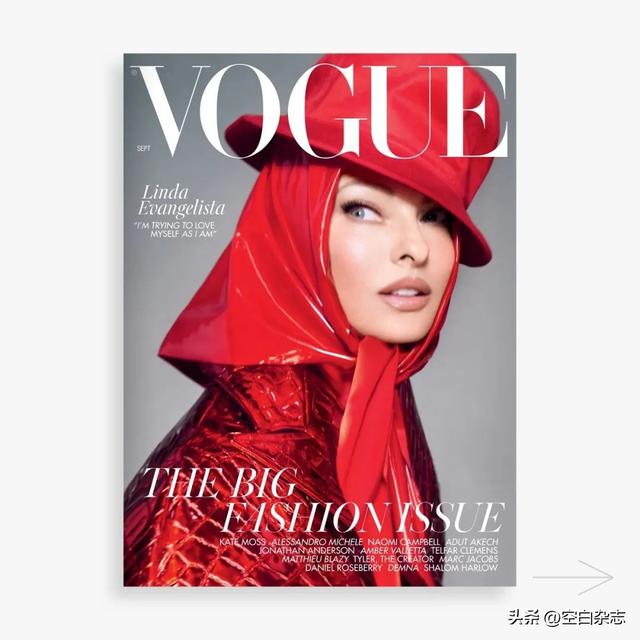
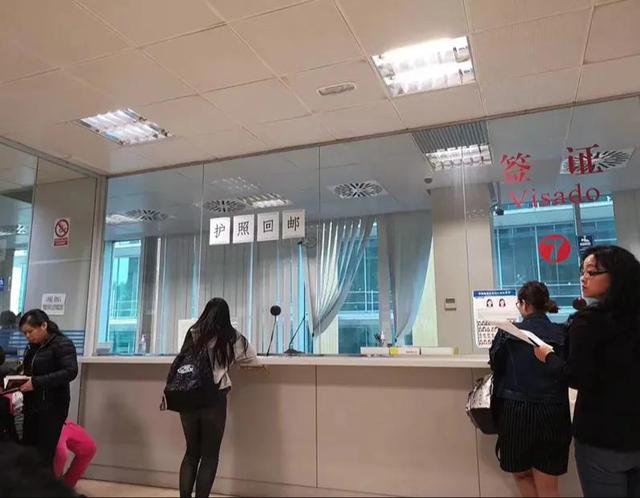
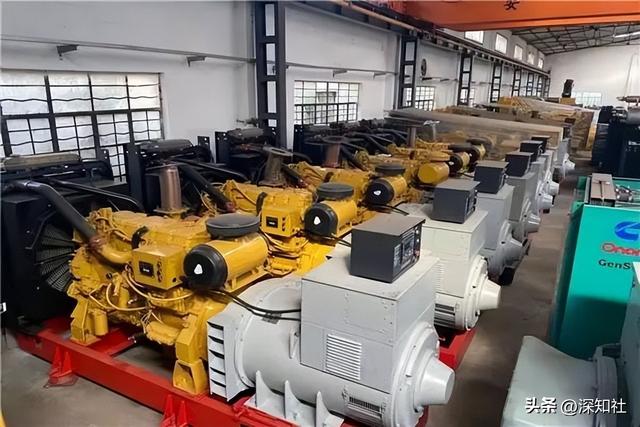
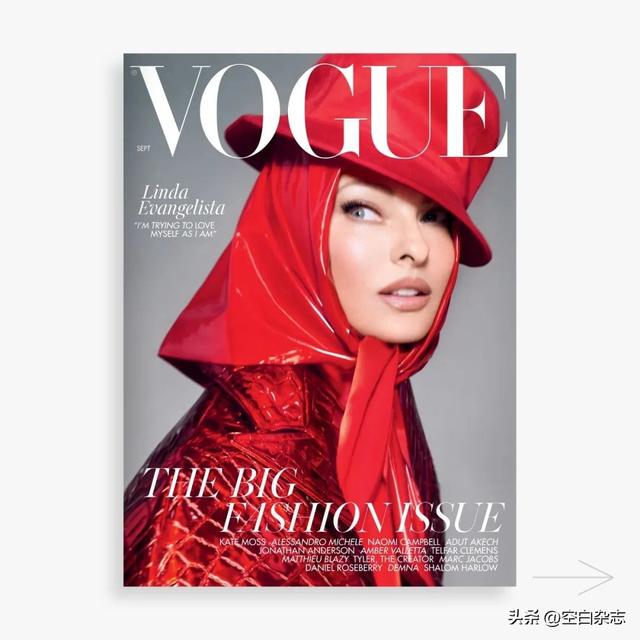
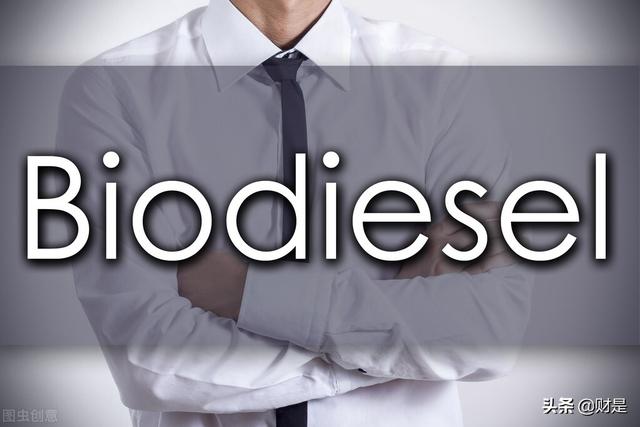














评论